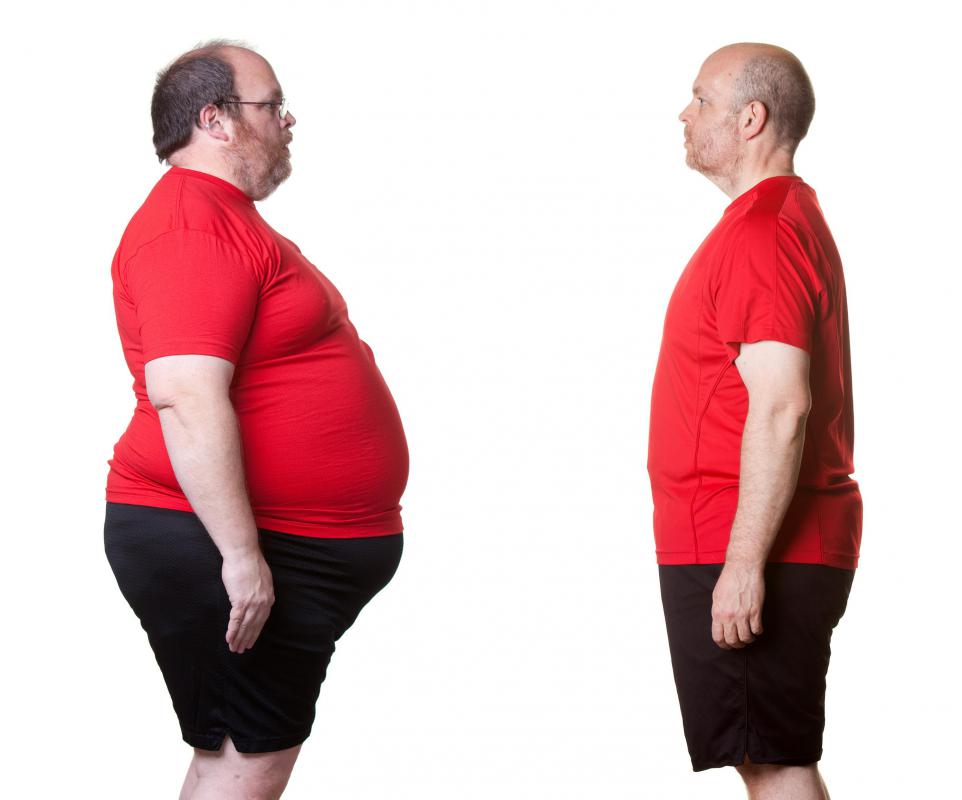The ratio of exercise to diet for weight loss can vary depending on individual factors such as metabolism, body composition, and lifestyle. However, a commonly cited principle is that weight loss is predominantly influenced by diet rather than exercise.
- Diet’s Dominance: The saying “you can’t outrun a bad diet” highlights the significance of dietary choices in weight management. It’s often easier to consume excess calories than to burn them through exercise. A calorie deficit, where you consume fewer calories than you expend, is typically necessary for weight loss.
- Caloric Imbalance: While exercise contributes to burning calories, its impact may be less significant than commonly perceived. For instance, an hour of moderate-intensity aerobic exercise might burn 300-400 calories, whereas consuming a high-calorie meal can easily surpass that amount.
- Exercise’s Role: Exercise plays a crucial role in weight loss and overall health by increasing calorie expenditure, preserving muscle mass, and improving metabolic rate. It also offers various non-weight-related benefits such as cardiovascular health, strength, and mood enhancement.
- Synergy: Combining exercise with a healthy diet can produce synergistic effects for weight loss. Exercise helps maintain lean muscle mass, which is important for sustaining metabolic rate, while a balanced diet provides essential nutrients for overall health and supports weight loss efforts.
- Individual Variability: The ideal ratio of exercise to diet varies among individuals. Some people may find it easier to achieve a calorie deficit through dietary changes alone, while others may prefer a combination of diet and exercise. Factors such as genetics, age, gender, and activity level also influence weight loss outcomes.
- Sustainability: Sustainability is key to long-term weight management. Extreme dietary restrictions or excessive exercise routines may not be sustainable in the long run. It’s important to adopt lifestyle changes that are enjoyable, manageable, and promote overall well-being.

BEFORE AND AFTER
